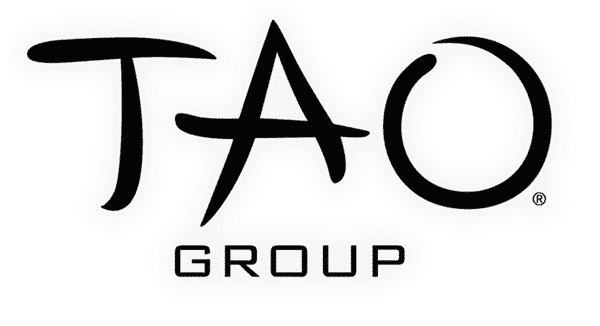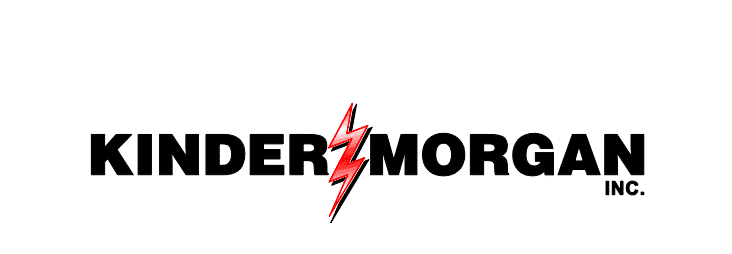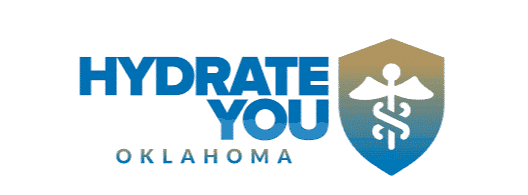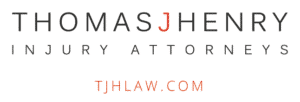Are your PPC and social ad campaigns not bringing the desired results? It’s time to harness the power of A/B testing fine tuning your PPC and social ad campaigns to optimize your marketing efforts and boost performance. By systematically testing ad variations, you can identify the most effective elements, fine-tune your strategy, and maximize your advertising budget.
In this blog post, we will explore the importance of A/B testing in PPC and social ad campaigns, dive into the methodology and best practices, discuss various testing ideas and advanced techniques, and introduce popular tools and platforms. Let’s unlock the potential of your ad campaigns and drive better results!
Key Takeaways
A/B testing is essential for optimizing PPC and social ad campaigns.
Adopting a well-structured A/B testing methodology utilizing best practices can help optimize performance and maximize budget.
Utilizing advanced techniques such as multivariate testing and dynamic creative optimization, along with various tools, provides marketers with the opportunity to design effective ad campaigns that yield better engagement & conversions.
The Importance of A/B Testing in PPC and Social Ad Campaigns
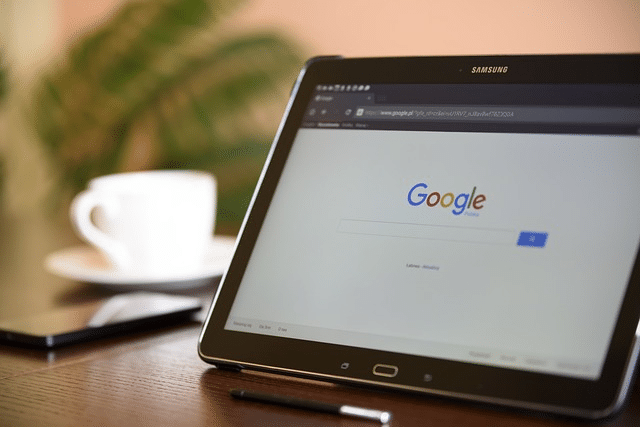
In today’s competitive digital landscape, every aspect of your ad campaign matters. A/B testing is a powerful technique that helps marketers optimize their PPC campaigns and social ad campaigns by systematically comparing different ads and determining the most successful ad elements. The ultimate goal is to enhance overall performance, reduce ad spend, and boost conversion rates.
A/B testing enables the identification of the most effective ad copy, visuals, and targeting strategies, empowering you to make data-driven decisions, thereby significantly enhancing your marketing campaign’s success. However, it is not without challenges. The subsequent sections will delve into the benefits and challenges of A/B testing, while providing guidance on how to design and implement effective tests.
Benefits of A/B Testing
A well-executed A/B test can provide numerous benefits for your digital marketing campaigns. One of the primary advantages is cost-efficiency, as you can identify the most effective ad elements and allocate your advertising budget more effectively.
Additionally, A/B testing promotes data-based decision-making, helping you make informed choices about the direction of your ad campaigns. A/B testing, through increasing conversions, improving click-through rates, and reducing ad spend per acquisition, paves the way for a better understanding of your target audience and yields more accurate results.
As you gain insights into what resonates with different audiences, you can refine your ad strategy and drive more conversions.
Common Challenges in A/B Testing

Despite its numerous benefits, A/B testing can present challenges, such as selecting the appropriate variables, ensuring precise tracking, and averting biased outcomes, especially when testing Facebook ads. Overcoming these challenges requires testing only one variable at a time, such as ad headlines, which assures accurate conclusions from tests.
Other types of testing, such as multivariate testing and split URL testing, can be used to test more than one ad at a time. Additionally, A/B testing calculators can help assess the outcomes of marketing experiments, fine-tuning your ad strategy. Addressing these challenges unlocks the full potential of A/B testing, effectively optimizing your PPC and social ad campaigns.
A/B Testing Methodology: Best Practices
Implementing a structured A/B testing methodology ensures accurate and reliable results, leading to improved ad performance. The amount of traffic and your daily campaign budget will determine the speed at which sufficient data is collected, allowing you to test new ad ideas and make the most of your advertising budget. For example, using Facebook’s Ad Manager Toolbar is an effective approach for conducting A/B tests for Facebook ads, helping you manage your campaigns effectively.
Some beneficial strategies for performing responsive search ad A/B tests include defining test goals and metrics, formulating hypotheses and variants, and running tests and evaluating results. Adhering to these best practices ensures an efficient, accurate A/B testing process that delivers meaningful results, contributing to the success of your PPC and social ad campaigns.
Defining Test Goals and Metrics
The initial step in A/B testing methodology is determining test objectives and metrics. By setting clear goals, such as increasing conversions, reducing CPA, or improving lead quality, you can focus on the most significant elements of your campaigns and allocate your resources more effectively.
Selecting an appropriate metric to measure in A/B testing is crucial for obtaining meaningful insights and optimizing your campaigns. For example, you may want to track click-through rates, conversion rates, or bounce rates. Defining test goals and metrics aligns your A/B testing process with your overall marketing strategy, delivering the desired results.
Creating Hypotheses and Variants
Creating hypotheses and variants for A/B testing involves brainstorming ideas, prioritizing them, and designing test variations. Strategies for formulating hypotheses may include examining campaign performance, comparing to competitors, and analyzing statistics. It is essential to prioritize hypotheses based on their potential effect on KPIs.
To create a variant in A/B testing, follow these steps:
Duplicate the current “champion”.
Make a change to the duplicated variant, such as a CTA, hero image, or headline.
Rename the variant accordingly.
Divide the traffic evenly between the “champion” and “challenger” variant, ideally 50/50.
Carefully crafting hypotheses and variants guarantees that your A/B tests are designed to deliver actionable insights and optimize your ad campaigns.
Running Tests and Analyzing Results
Running tests and analyzing results involves setting up the test, monitoring performance, and determining the winning variant based on statistical significance. Statistical significance helps determine whether a result is likely caused by chance or the single alteration made to the variant. To avoid double counting or missing out on conversion tracking, it is essential to test only one variable at a time in A/B testing.
Before progressing to the next test, verify the results by conducting statistical tests for significance. This ensures that the winning variant is indeed superior and that the results are reliable and accurate. Carefully running tests and analyzing results aids in making data-driven decisions that enhance your PPC and social ad campaigns.
A/B Testing Ideas for PPC and Social Ads
For PPC and social ads, A/B testing could include variations of:
Headlines
Ad copy
Visuals
Audience targeting
Experimenting with different ad creatives helps identify the most effective components and optimize your campaigns for enhanced performance.
Ecommerce businesses using Facebook ad strategies, for example, can carry out A/B testing on various elements such as ad copy, images, and audience targeting. This helps identify the best-performing combinations and improve campaign results.
The subsequent sections will delve into specific ideas for testing headlines, ad copy, visual elements, and audience targeting in your PPC campaign and social ad campaigns.
Headline and Ad Copy Testing
Headline and ad copy testing involves experimenting with different messaging, calls-to-action, and copy length to optimize ad engagement. By testing various combinations of ad copy, you can identify the most effective messaging that resonates with your target audience and drives better results.
For example, you can test the first word (verb) in your call to action or experiment with different variations of numerical abbreviations and promotional quantification methods. Systematically testing different ad headlines and copy refines your messaging, optimizes your campaigns, and boosts ad performance.
Visual Elements: Images and Videos
Visual elements testing involves comparing images, videos, and production quality to determine the most effective visuals for ads. By experimenting with different types of visuals, you can identify which elements resonate best with your target audience and drive better engagement and conversions.
For example, you can test different images with varying color schemes, compositions, or subject matter to see which ones yield higher click-through rates and conversions. Similarly, you can test different video lengths, formats, and production quality to determine which videos drive the most engagement and conversions.
Systematically testing visual elements optimizes your ad campaigns and yields better results.
Targeting and Audience Segmentation
Targeting and audience segmentation testing involves experimenting with different audience segments, interests, and behaviors to optimize ad reach and conversions. By testing various audience targeting options, you can identify the most effective segments for your campaigns and allocate your advertising budget more effectively.
For example, you can divide your highest-performing ad group into smaller groups, each specifically targeting a distinct persona, and create customized ads for each persona. This enables you to target your audience more effectively and drive more conversions. Experimenting with targeting and audience segmentation optimizes your ad campaigns and improves overall performance.
Advanced A/B Testing Techniques
Advanced A/B testing techniques, such as multivariate testing and dynamic creative optimization, allow marketers to test multiple variables simultaneously and automatically optimize ad performance. These techniques enable more complex testing scenarios and can provide deeper insights into the most effective combinations of ad elements.
The subsequent sections will delve into details of multivariate testing and dynamic creative optimization, exploring their potential to further optimize your PPC and social ad campaigns.
Multivariate Testing
Multivariate testing involves testing multiple ad elements and their combinations within a single test to identify the best-performing combination. Unlike A/B testing, which assesses one variable at a time, multivariate testing evaluates multiple variables concurrently, allowing you to identify the most effective combinations of ad elements.
For example, you can test different combinations of landing pages elements, such as:
Headlines
Images
Calls-to-action
Page layouts
to determine which combination yields the highest conversion rates and engagement. Implementing multivariate testing in your ad campaigns provides deeper insights into the most effective ad elements, optimizing your campaigns for enhanced performance.
Dynamic Creative Optimization
Dynamic creative optimization (DCO) leverages machine learning algorithms to generate and optimize ad variations in real-time based on performance data. This advanced technique enables advertisers to create personalized ads based on real-time data, resulting in more effective ad campaigns.
The benefits of DCO include enhanced engagement, improved return on investment, and more effective ad campaigns. However, DCO requires a considerable data set, intricate algorithms, and the complexity of testing and optimizing campaigns. Incorporating dynamic creative optimization into your A/B testing strategy further optimizes your PPC and social ad campaigns for maximum effectiveness.
A/B Testing Tools and Platforms
To effectively run and analyze A/B tests, marketers can utilize various A/B testing tools and platforms, such as:
Google Ads
Facebook Ads Manager
Unbounce
VWO
Convertize
Google Optimize
HubSpot & Kissmetrics’ A/B Testing Kit
Optimizely
Hotjar
These tools and platforms provide marketers with the necessary features and functionality to design, implement, and analyze A/B tests effectively.
Leveraging the right tools and platforms streamlines your A/B testing process, ensures accurate results, and optimizes your PPC and social ad campaigns for improved performance. Choose the tools that best suit your needs and budget, and start optimizing your ad campaigns today.
Case Studies: Successful A/B Testing in Action
Case studies showcasing successful A/B testing in action can provide valuable insights and inspiration for marketers looking to optimize their own PPC and social ad campaigns. Examining real-world examples of successful A/B testing provides important insights on improving your ad campaigns and driving better results.
For instance, a company may evaluate distinct versions of an ad to determine which one yields better results or assess different versions of a landing page to observe which one results in more conversions. By learning from these case studies, you can:
Draw inspiration
Apply the successful strategies to your own marketing campaigns
Boost performance
Maximize your advertising budget.
Summary
In conclusion, A/B testing is a powerful tool for optimizing PPC and social ad campaigns, helping marketers identify the most effective ad elements and improve overall performance. By implementing a structured A/B testing methodology, experimenting with different ad variations, and utilizing advanced techniques and tools, you can unlock the full potential of your ad campaigns and drive better results.
The journey to optimizing your ad campaigns begins with a single test. Are you ready to embrace the power of A/B testing and take your PPC and social ad campaigns to new heights? It’s time to dive in, experiment, and discover the winning combinations that will propel your marketing efforts to success.
Frequently Asked Questions
How do you do an AB test for social ads?
To do an A/B test for social media, first decide the variable to be tested, create two different versions of one piece of content, and separate your audience into two randomly equal groups. Then show both versions of the advertisement and compare the results to determine which variation works better for you over a specific period of time.
What is an example of a B testing on social media?
A/B testing is a great way to determine which type of content has the best engagement on social media. For example, you could compare photo content versus video content on Instagram to determine which one gets better interaction from viewers.
What is the main difference between A/B testing and multivariate testing?
A/B testing evaluates a single variable at once, whereas multivariate testing looks at several variables simultaneously, allowing for more complex analyses.
How do I determine the most suitable metric to measure in A/B testing?
To determine the most suitable metric to measure in A/B testing, consider your test objectives and select a metric that aligns with your overall marketing strategy, such as click-through or conversion rates.
How long should I run an A/B test for?
For accurate results, it’s important to run your A/B test long enough to collect sufficient data based on factors like traffic volume, daily campaign budget, and desired level of statistical significance.










